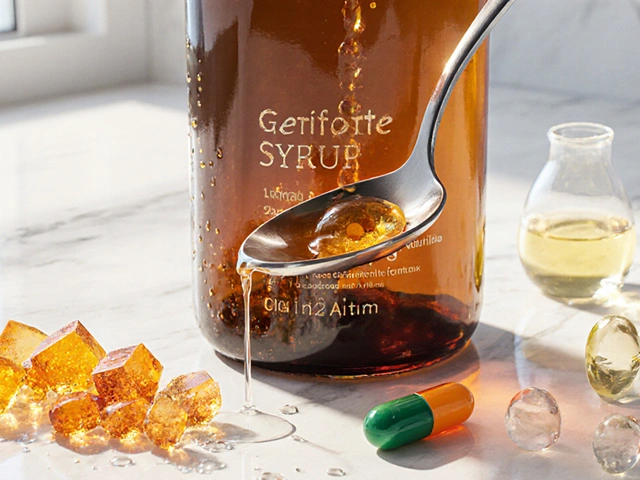
Glucosinolate Health Benefits – Simple Facts and Practical Tips
Glucosinolates are natural chemicals found in many cruciferous veggies like broccoli, kale, cauliflower and Brussels sprouts. When you chew them, an enzyme called myrosinase turns glucosinolates into compounds such as sulforaphane and indole‑3‑carbinol, which research links to anti‑inflammatory and antioxidant effects.
One of the biggest draws is their potential to help the body fight abnormal cell growth. Studies on sulforaphane show it can boost the body’s own detox pathways, making it easier for cells to remove harmful substances before they cause damage. This is why many nutrition guides point to cruciferous veggies for long‑term cancer‑risk reduction.
Where to Find Glucosinolates in Your Kitchen
All you need are common grocery items. Fresh broccoli florets, a handful of kale leaves, or a cup of cauliflower rice each deliver a solid glucosinolate dose. Even frozen versions keep most of the compounds if they’re quickly blanched before freezing. For a quick boost, add a sprinkle of mustard seed or a dab of horseradish to a sandwich – both are rich in the enzyme that activates glucosinolates.
If you prefer a supplement, look for products that list standardized sulforaphane or broccoli seed extract. Make sure the label mentions a protective coating that survives stomach acid, otherwise the active compounds can break down before they’re absorbed.
How to Use Glucosinolates Safely and Effectively
Cooking method matters. Light steaming (3‑5 minutes) keeps most of the enzyme active while softening the veg. Boiling for long periods can wash the enzyme away and reduce benefits. If you’re in a hurry, raw shredded cabbage in a salad works just as well, especially when you add a splash of lemon juice to keep the enzyme happy.
People on blood‑thinners should watch portions because some glucosinolate‑rich foods contain vitamin K, which can interfere with medication. A typical serving of cooked broccoli (about a cup) is safe for most, but if you have a thyroid condition, very large amounts of raw cruciferous veg might affect iodine uptake. Balance is key: rotate between different veggies and don’t rely on a single source.
For everyday use, aim for at least three servings of glucosinolate‑rich foods per week. Mix a steamed broccoli side with a kale smoothie, or toss roasted cauliflower into a stir‑fry. This variety not only keeps meals interesting but also ensures you get a range of the active compounds.
In short, glucosinolates are a simple way to add natural protection to your diet. They’re cheap, easy to find, and work best when you keep the cooking gentle and the portions moderate. Start with one extra serving a week and watch how your energy, digestion and overall feeling improve.
-
29 Aug






